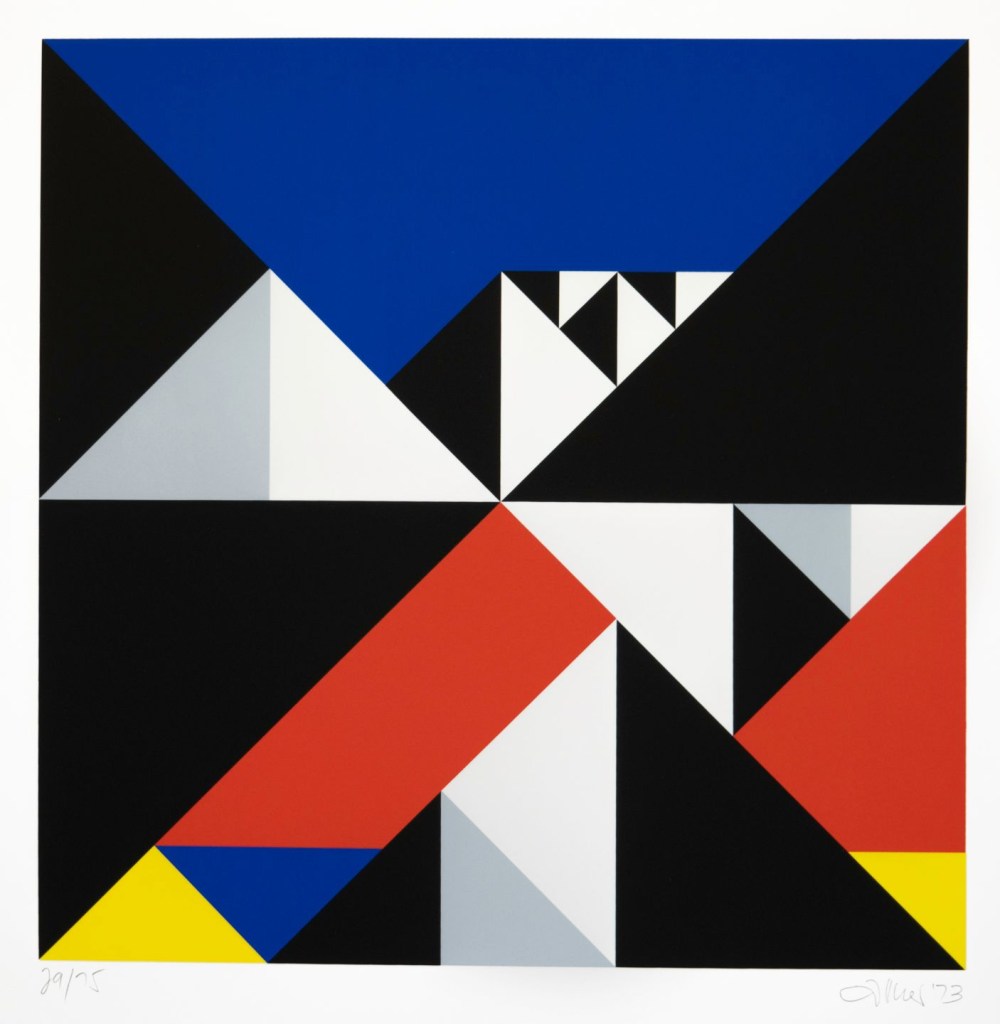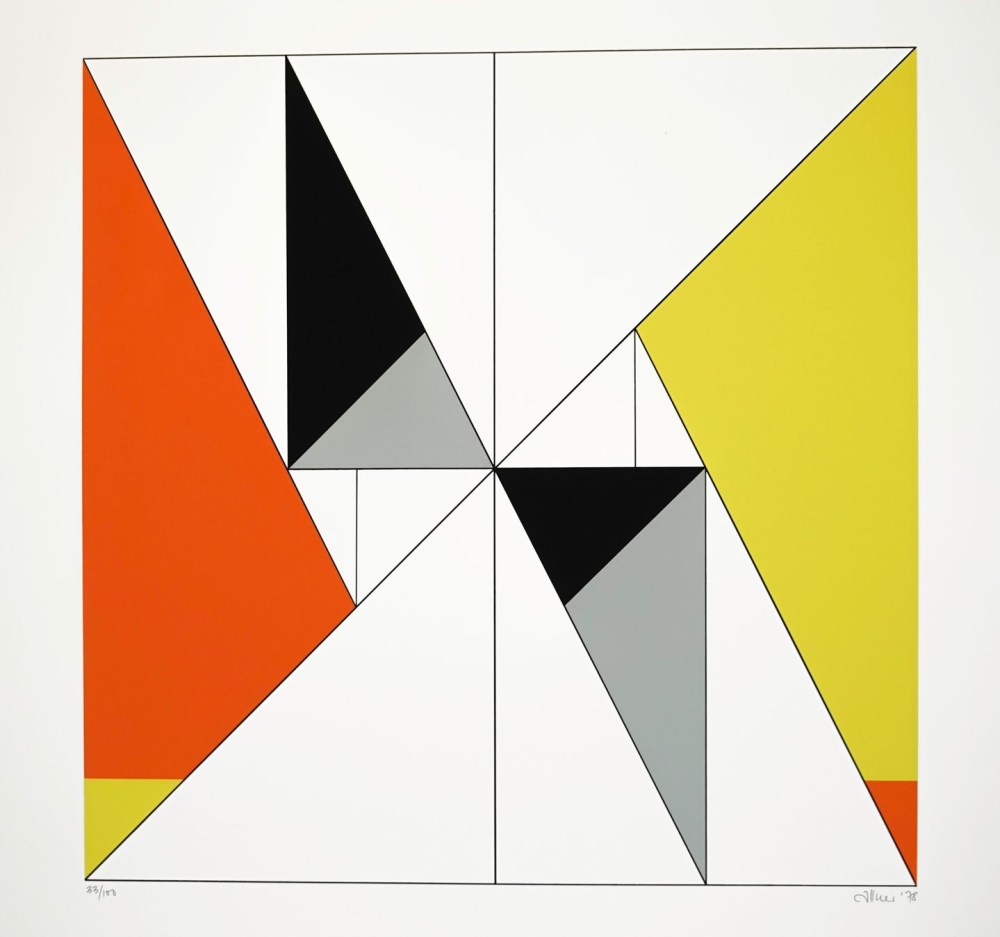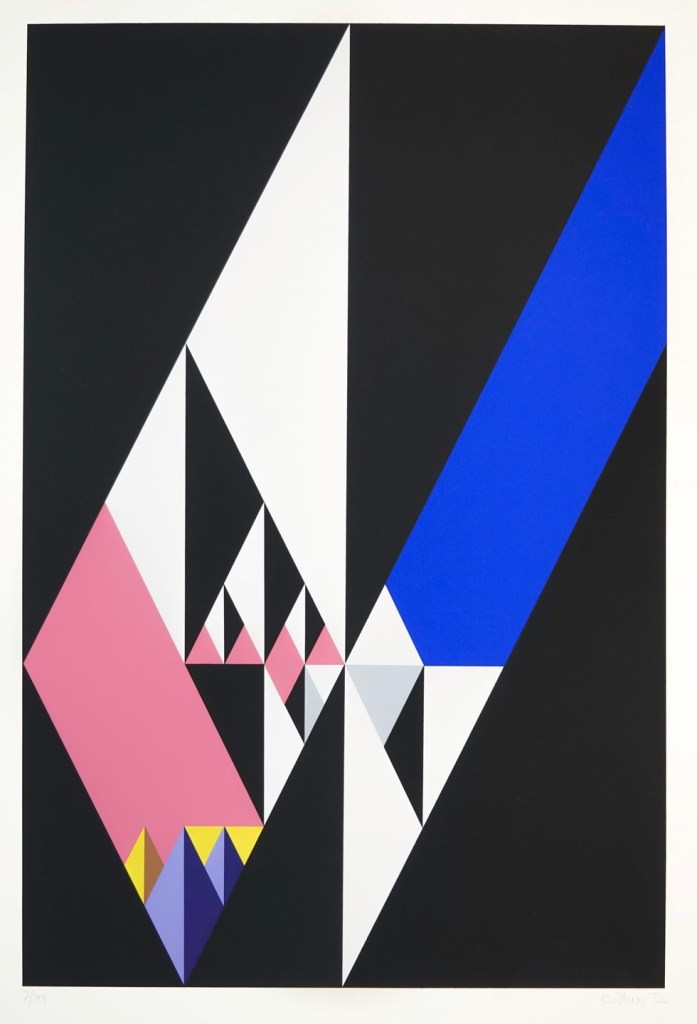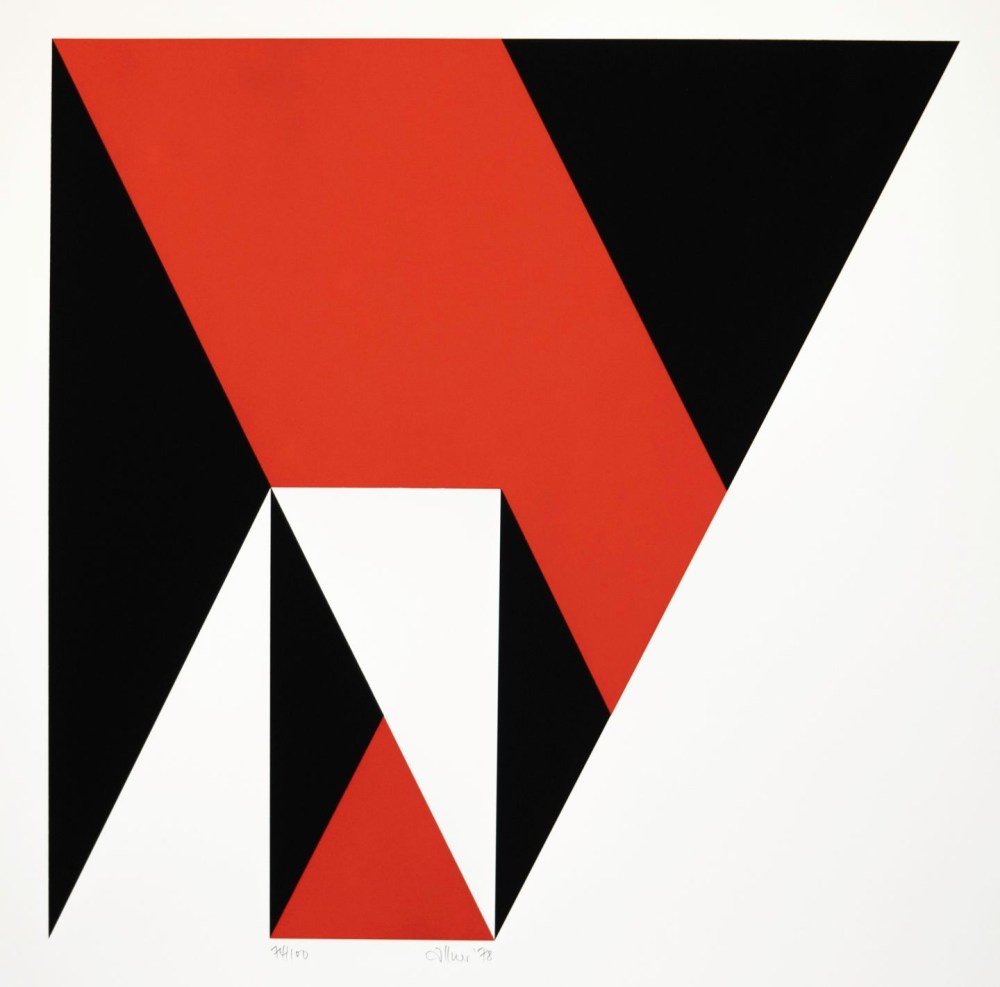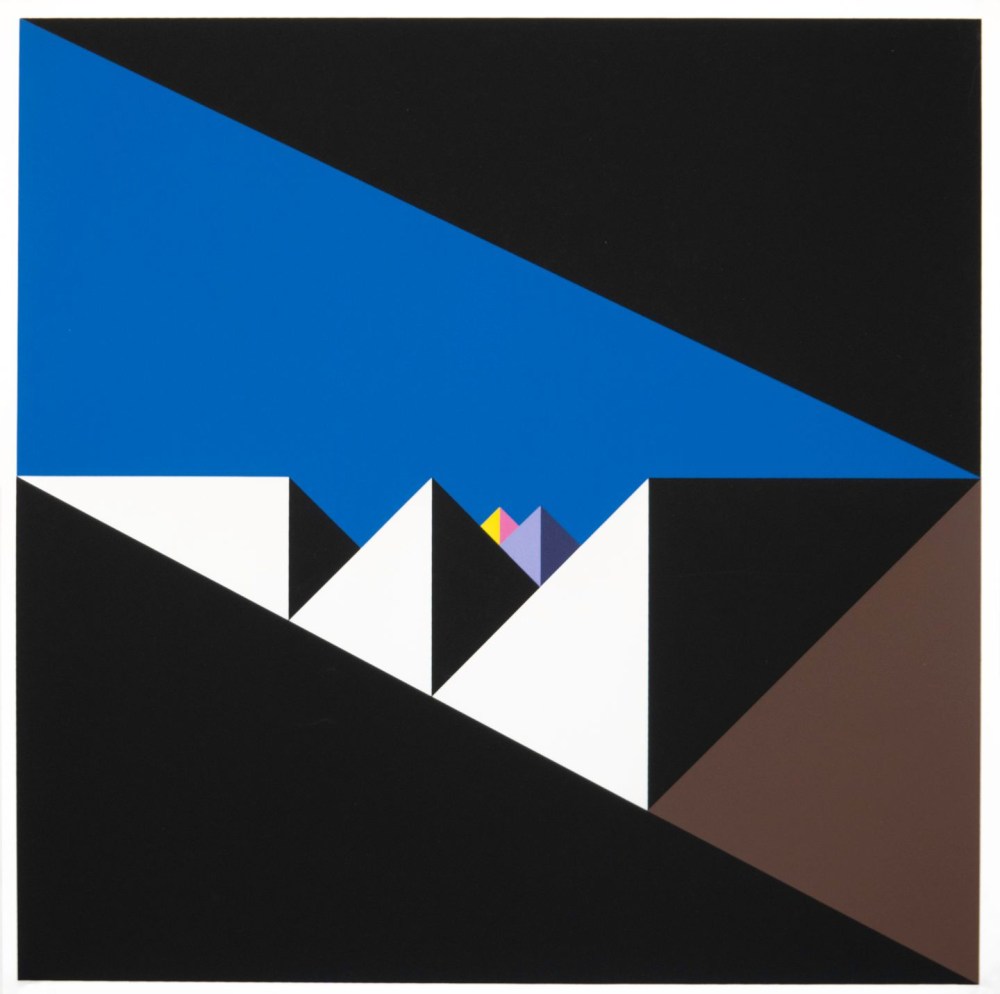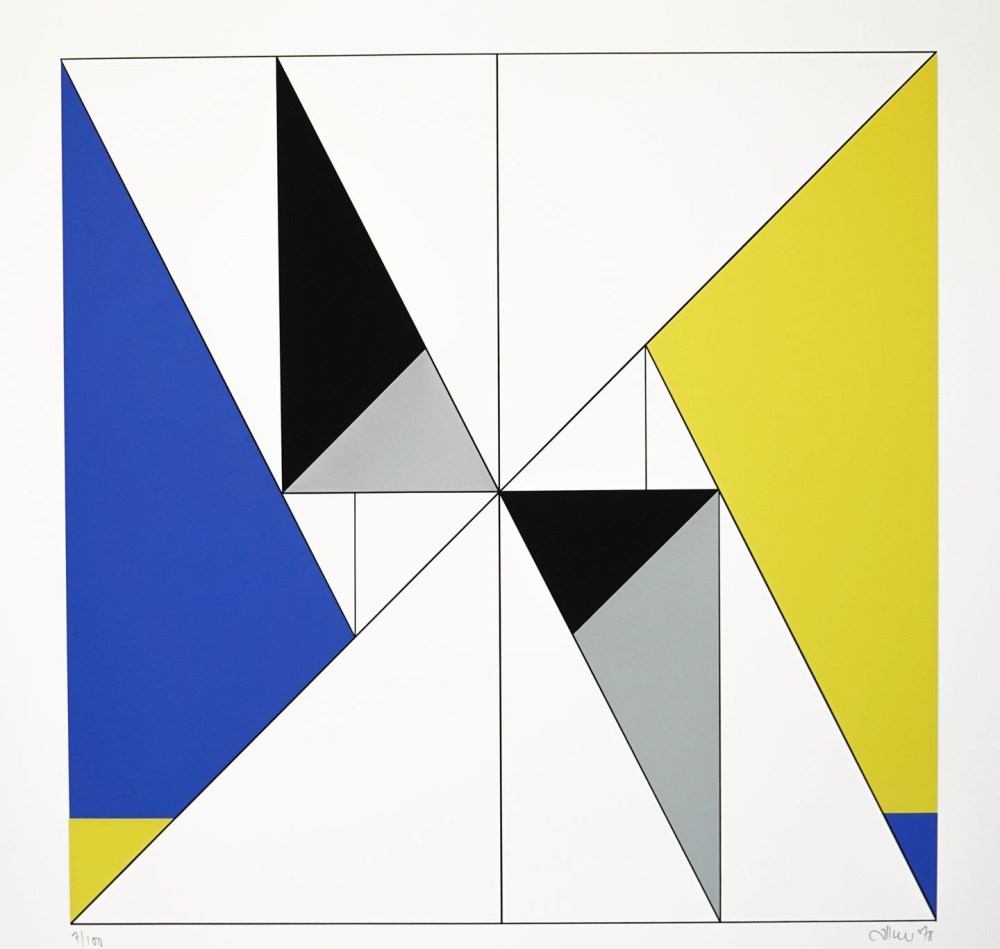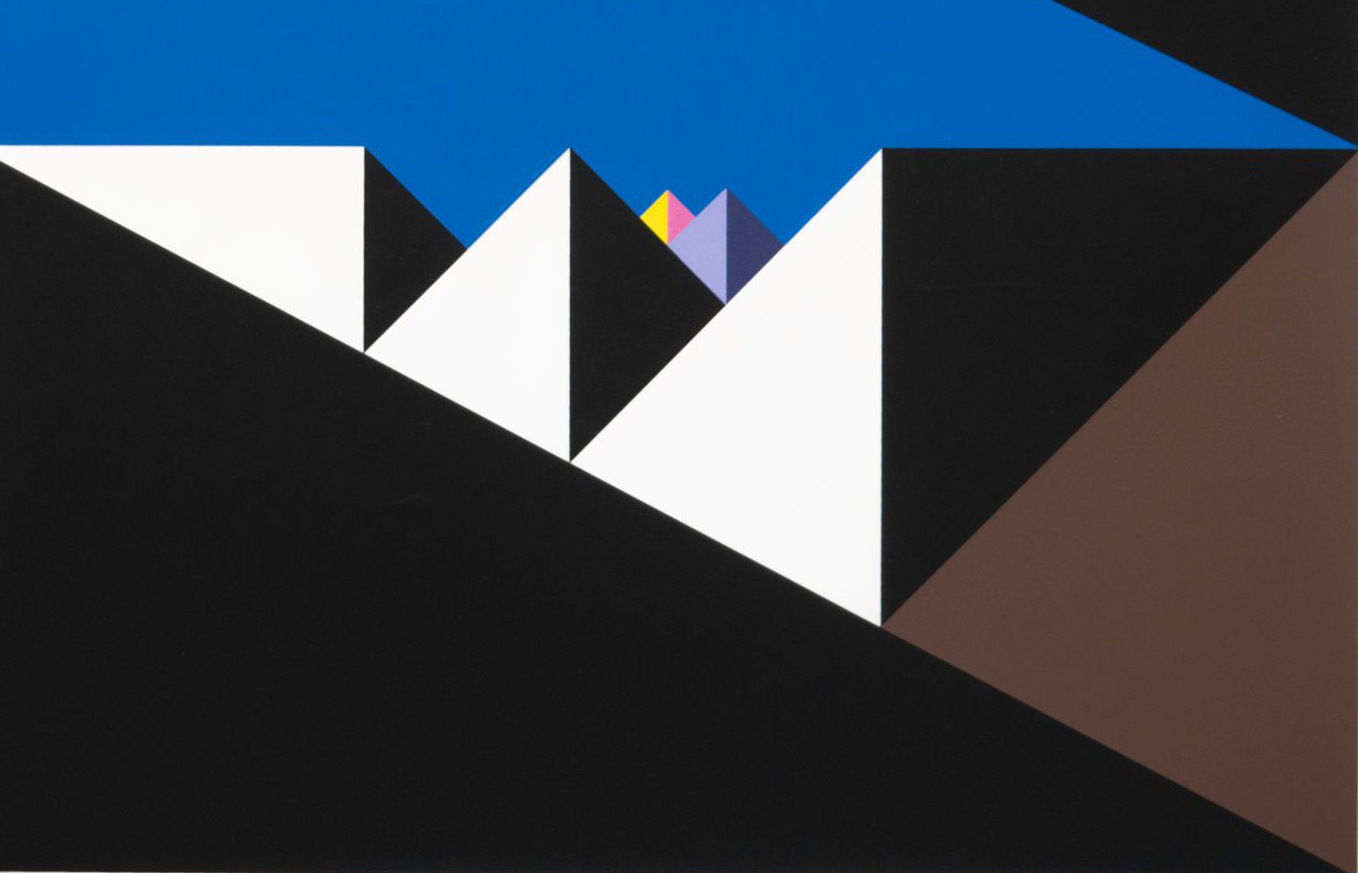Walter Heinz Allner (1909–2006) was a German-born Bauhaus-trained designer, painter, printmaker and, most memorably, the art director of Fortune magazine from 1962–1974. In addition to evolving the magazine’s Modernist typography, he created 79 striking minimalist covers, which ran the gamut from representational simplicity to graphic abstraction. Many of his emblematic, geometrically precise covers suggested an early pop aesthetic that was garnering ubiquity through a Midcentury cadre of Bauhaus-influenced designers creating book, magazine and record covers, posters, pharmaceutical promotions and a range of progressive packages.
Allner had embraced Modernism in Europe; he worked in the Netherlands for Piet Zwart, the influential Dutch modern typographer, and in Paris with Art Deco poster artists Jean Carlu and A.M. Cassandre. Yet it was the Bauhausler Josef Albers’ abstract geometric graphics that had the most influence on Allner’s design for Fortune and transformed into his eventual poster work for the Bauhaus Archiv.
After emigrating to the U.S. in 1949, Allner foresaw an inevitable integration of aesthetics and advanced technology, working directly with computer engineers whenever the opportunity arose. “Allner’s interest in science, coupled with a venturesome spirit, has led him into exciting new design fields,” wrote the critic John Lahr in a 1966 PRINT article.
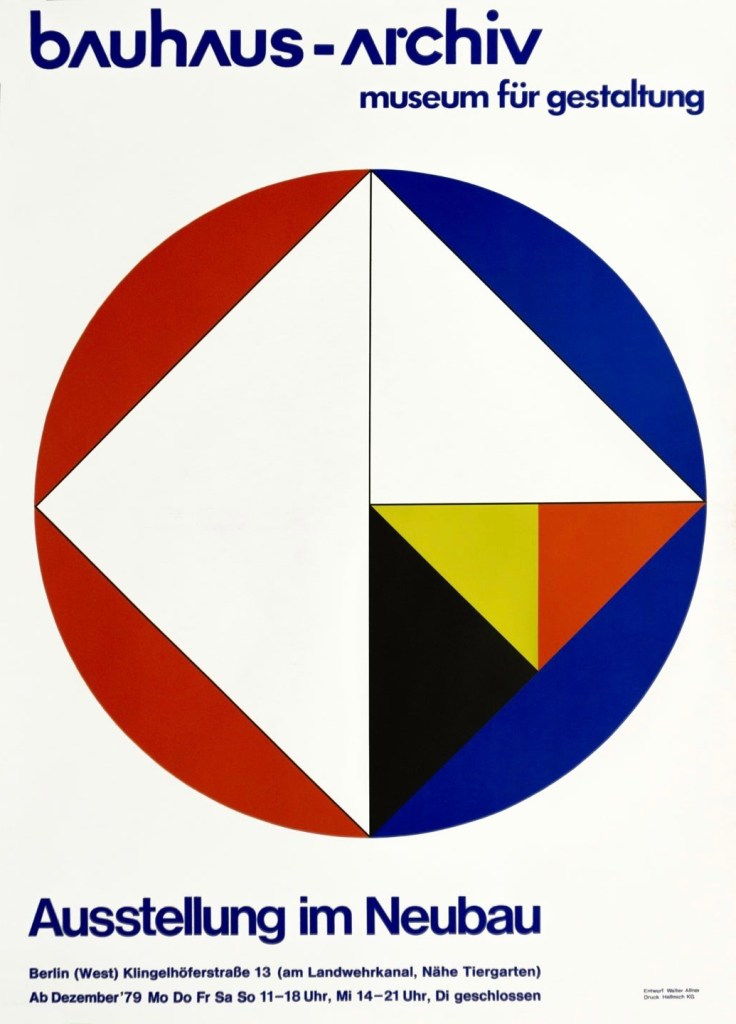
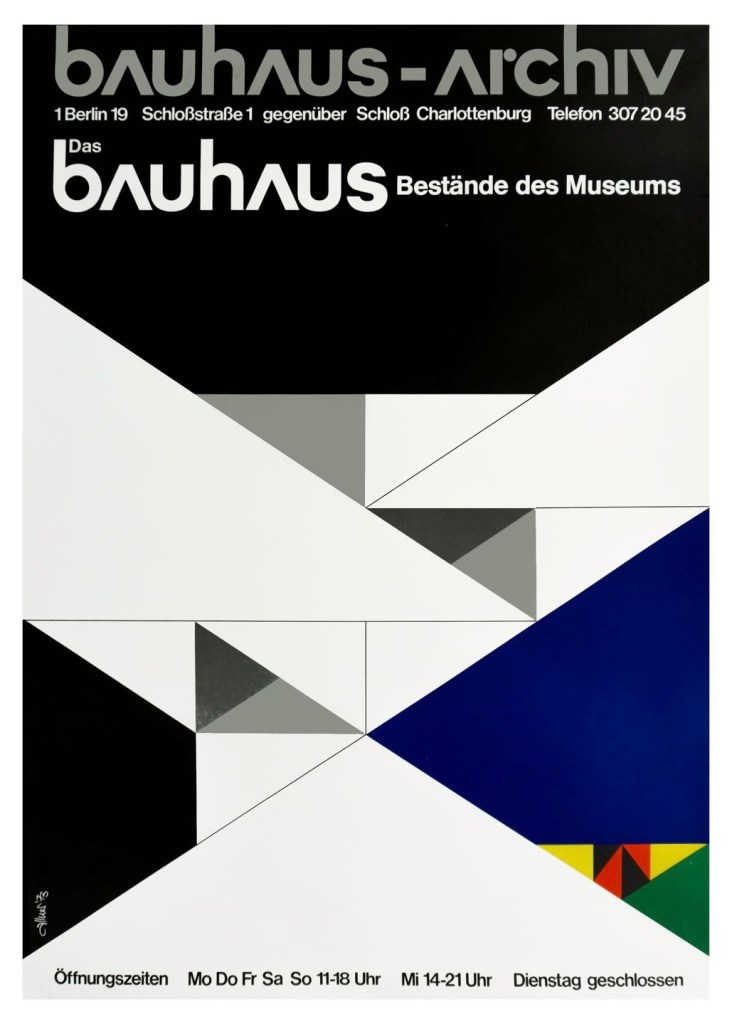
Allner made posters and prints between 1972–1978, after his tenure at Fortune was over. His son Peter Allner notes that he continued to make posters well into his 80s. The two Bauhaus posters (above) were done in 1973. The silkscreen below is a direct replica of a 4’x6’ painting. The silkscreens were done between 1972–1978. “I believe Walter was always interested in pursuing new methods, but it seems clear that the silkscreens provided the hard-edge abstraction that he laboriously pursued in freehand with the paintings,” Peter explains.
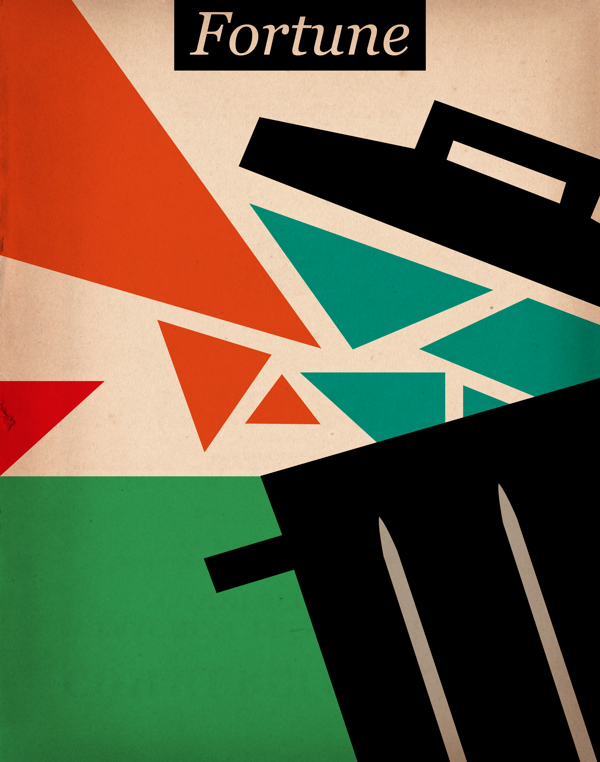
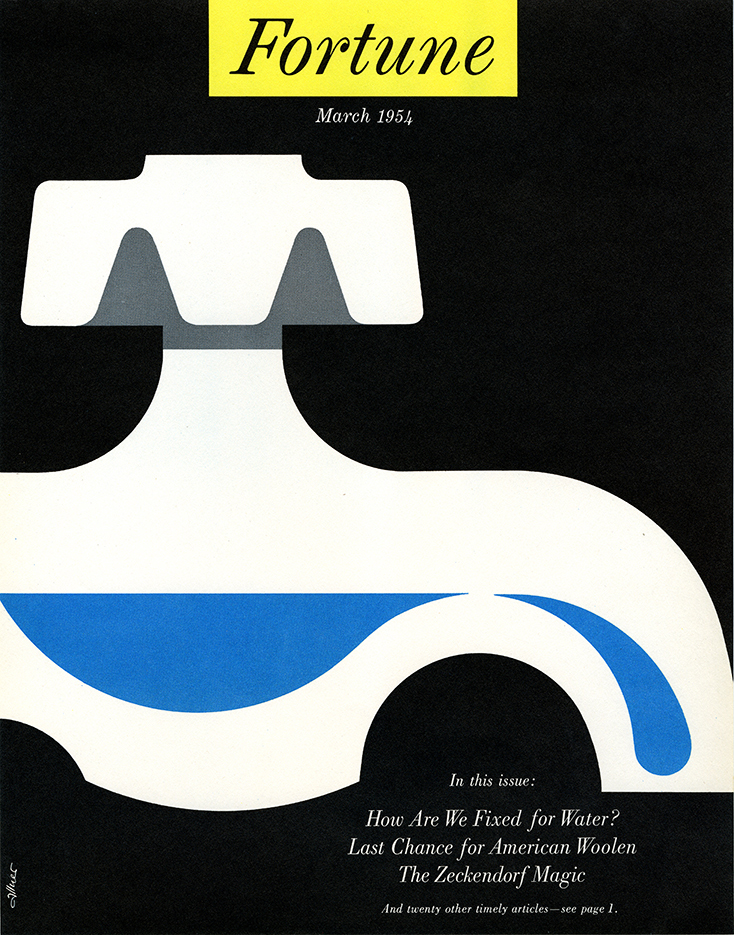
Allner made a distinction between his painting, prints and graphic design. “As early as the ’30s in Paris, and especially when there was no work, he painted and exhibited at the Salon des Indépendants,” says Peter. “The style never really changed, although the images did take on new shapes in the U.S. You never saw one of Walter’s paintings on a cover of Fortune magazine, and while there are some similarities between the paintings and early magazine work, there is a distinct difference between them.”
There is, however, a repetition of motif in the paintings, reworking the same image in different colors. Sometimes the exact same image, more often than not with subtle variations.
Peter Allner is trying to gift his father’s prints and proofs to appropriate institutions, and the paintings have found homes. “Someone recently remarked that two silkscreens are in the collection of the Met and may have been gifted by a printer [named] McCoy.” The prints (below) are quite striking, printed on heavy stock. Sharp and precise. “Other than the individual who bought the paintings and a set of the silkscreens, the rest are in my possession,” Peter says. “They really need to be in someone else’s possession.”
